Results showed algae extracts significantly enhanced shelf life during ice storage
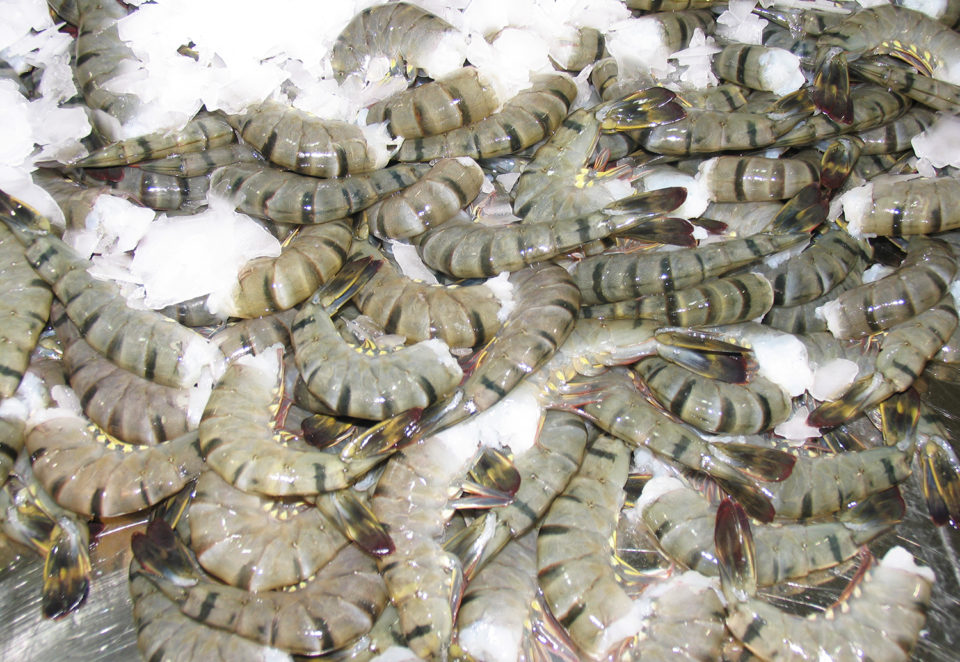
The black tiger shrimp (Penaeus monodon) is a commonly consumed crustacean species harvested in considerable quantities across the world. It is a highly perishable commodity, greatly susceptible to oxidation, which contributes to spoilage and loss of quality during cold storage. Therefore, effective methods for controlling oxidation are required to improve the shelf-life of fresh black tiger shrimp.
The consumption of seafood stored in unsuitable conditions that allow the increase of biogenic amines is associated with harmful effects, including death, and represents a serious health risk to humans, so it is important to determine the primary presence of amino acid precursors in fish products. Additionally, it is also necessary to determine the presence and multiplication of various bacteria involved in the decomposition process.
Various additives are currently used for the purpose of slowing the spoilage of fishery products during storage and extending their shelf-life. The use of natural food additives, such as algae or plant extracts, provides unlimited opportunities for the inhibition of bacterial growth because of their chemical diversity. Previous research has shown antibacterial activity of both algae and algae extracts against foodborne pathogens and spoilage bacteria. And plant source components can improve the organoleptic properties of fishery products, including shrimp.
Several investigators have highlighted the potential bio-preservative properties of algae on seafood, mainly aimed at extending the shelf-life of fishery products, but also reducing the development and presence of harmful substances such as biogenic amines.
This article – adapted and summarized from the original (A. Arulkumar et al. 2020. Chemical Biopreservative Effects of Red Seaweed on the Shelf Life of Black Tiger Shrimp, Penaeus monodon. Foods 2020, 9(5), 634) – reports on a study to investigate the shelf life enhancing potential of two types of red seaweed, Hypnea musciformis (HM) and Acanthophora muscoides (AM), on peeled black tiger shrimp during cold storage. We also investigated the antioxidant properties of HM and AM as natural bioprotective sources for use in the seafood processing industry.
The authors thank the authorities of Alagappa University for providing necessary facilities to carry out the research work. The authors are grateful to Department of Science and Technology (DST)-Science and Engineering Research Board (SERB) New Delhi, Grant/Award Number: SR/FT/LS-22/2010; dt. 02.05.2012 for instrumentation facilities and European Regional Development Funds (FEDER), grant ED431C 2018/05, for covering the cost of publication.
Study setup
Fresh black tiger shrimp (n = 240) were obtained from the Thondi Fish Landing Center in the Southeast coast of Tamil Nadu, India. Refrigerated samples (~ 18 cm average length; ~ 20 grams average weight) were immediately transported to the laboratory.
Samples of the red seaweeds Hypnea musciformis (HM) and Acanthophora muscoides (AM) were also collected from Thondi, washed, transported to the lab and dried at room temperature. The dried algae samples were then ground into a fine powder, and some mixed with a 5 percent ethanolic solution; a control solution was also prepared without algae powder. The rest of the algae powder was stored refrigerated.
The black tiger shrimp were cleaned with tap water, peeled, eviscerated and then divided into three groups (treatments). Two groups were each soaked in one of the 100 mL algae solution for 30 min; both algae concentrations and solvent were chosen based on previous research. The control group was soaked in the same ethanolic solution as the algae-treated samples. Each group was kept ice-cold during the soaking period. After 30 minutes, all shrimp in the experimental groups were drained, and then 240 shrimp (15 to 20 grams) from each group were packed in a low-density polyethylene pouch, placed in polypropylene boxes and stored on ice. Samples of about 17 grams were withdrawn for biochemical analysis at 0, 4, 7, 11 and 14 days of storage, and all biochemical determinations were made in triplicate.
For detailed information on the experimental setup; determination of total phenol and total flavonoid contents; hydrogen peroxide scavenging activity; chromatographic characterization of antioxidant compounds; determination of total volatile base nitrogen, sensory score, biogenic amine content and other parameters; and statistical analysis, refer to the original publication.
Results and discussion
The total phenolic content was significantly higher in the HM solution than in the AM solution. A higher phenolic and polyphenol content of seaweeds indicates better scavenging capacity, which contributes to preventing lipid oxidation of foods.
Total volatile base nitrogen (TVB-N) is the most commonly employed chemical parameter to assess the quality and shelf-life of fishery foods. Even a slight increase in TVB-N could reflect amine formation by microbes and/or autolysis in fish. Based on TVB-N and TMA-N content, previous works reported that Pacific white shrimp (Litopenaeus vannamei) stored in ice has a shelf life of at least eight days, although other research did not confirm this result for P. monodon. Our results show that the TVB-N content of P. monodon shrimp muscle increased significantly from an initial 10.96 to 34.43 mg/100 grams for controls, which was significantly higher than the 24.00 and 23.96 mg/100 grams detected in the HM- and AM-treated samples, respectively, at 14 days of storage (Fig. 1).

In only one sampling point after day 0 (day 11), controls did not show significant higher TVB-N values than HM- or AM-treated samples, but this single result did not affect the significantly higher increase in TVB-N values in the control shrimp. The maximum allowable TVB-N limit varies between 30 and 50 mg/100 grams in fishery foods. In our study, the TVB-N levels exhibited an increasing trend, and the maximum allowable limit of TVB-N was detected only in the control samples. Additionally, as an improvement in the results obtained with respect to controls, both HM- and AM-treated samples showed better results in terms of shelf life based on TVB-N than those reported by other researchers who showed that P. monodon stored in ice was not acceptable after an eight-day storage period.
The trimethylamine (TMA-N) level increased significantly in the control shrimp during storage compared to the HM- and AM-treated samples (Fig. 2). TMA-N reached 13.9 mg/100 grams in the controls, and 11.93 and 11.86 mg/100 grams in the HM- and AM-treated shrimp, respectively. Stronger prevention of TMA-N increase was reported during cold storage of other aquatic species. However, in the present study, TMA-N mainly indicated that the red seaweed solutions, particularly HM, effectively inhibited the deterioration process.
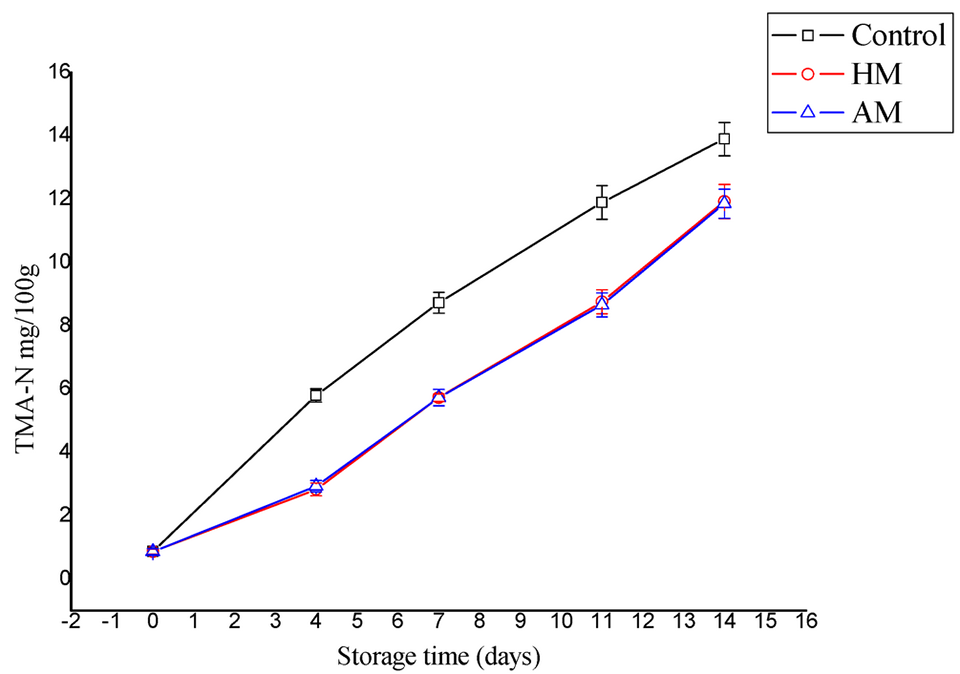
Fig. 3 compares the evaluation in overall sensory score of P. monodon samples treated with HM or AM solution compared to control samples during ice storage. The sensory score increase was rapid in control samples, from an initial score of 0.96 to 18.45 on day 14. The HM- and AM-treated shrimp samples had better sensory scores and exhibited better color, texture and odor during storage relative to the control, with scores of 14.18 and 14.95, respectively, on day 14. Thus, the controls as well as HM- and AM-treated shrimp were considered adequate for human consumption up to 9, 13 and 12 days, respectively. This period is longer than that reported by other researchers, who reported an average shelf life sensory score of 12 at 8 days of ice storage.
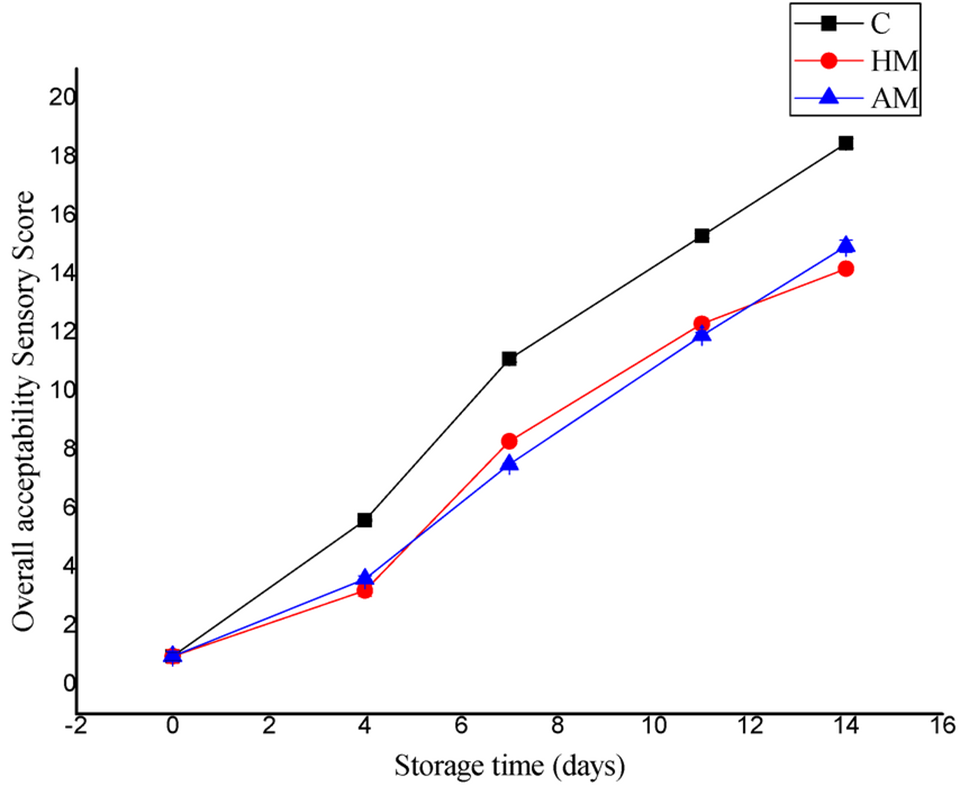
The significance of determining the content of histamine [an organic nitrogenous compound involved in local immune responses and various physiological functions] in aquatic products is the high potential impact on human health, because histamine poisoning can cause death. In our study, histamine could be detected only in the control samples after day 11 of storage. After finishing the storage period, histamine content in controls reached 4.52 mg/100 grams, close to the limit of 5 mg/100 grams that is generally accepted as possibly causing histamine poisoning in humans. All of the results obtained are much lower than those obtained for P. monodon by other researchers who, after a 10-day period of ice storage, found a maximum content of 3,227 mg/100 grams.
Perspectives
Our results showed that the seaweed solutions acted as bio-preservatives to maintain the shrimp quality and reduce the formation of harmful biogenic amines and TVB-N compounds, although more information is needed about the safety and toxicological effects of both seaweeds.
In addition, we showed that the HM ethanolic solution had higher phenolic and flavonoid content than the AM solution. And that both the HM and the AM solutions improved the chemical shelf-life of black tiger shrimp during ice storage (extended by four and three days, respectively) compared to control samples.
Results of this study provide a basis for the use of red seaweeds as natural preservatives to extend the shelf-life of ice-chilled seafood for transportation and in the retail market.
References available from the original publication.
Now that you've reached the end of the article ...
… please consider supporting GSA’s mission to advance responsible seafood practices through education, advocacy and third-party assurances. The Advocate aims to document the evolution of responsible seafood practices and share the expansive knowledge of our vast network of contributors.
By becoming a Global Seafood Alliance member, you’re ensuring that all of the pre-competitive work we do through member benefits, resources and events can continue. Individual membership costs just $50 a year.
Not a GSA member? Join us.
Authors
-
Abimannan Arulkumar, Ph.D.
Department of Oceanography and Coastal Area Studies
School of Marine Sciences
Alagappa University, Science Campus
Karaikudi 630 003, Tamil Nadu, India; and
Department of Biotechnology
Acahriya Arts and Science College (Affiliated to Pondicherry University)
Puducherry 605 110, India -
Kumar Satheeshkumar, Ph.D.
Department of Oceanography and Coastal Area Studies
School of Marine Sciences
Alagappa University, Science Campus
Karaikudi 630 003, Tamil Nadu, India -
Sadayan Paramasivam, Ph.D.
Department of Oceanography and Coastal Area Studies
School of Marine Sciences
Alagappa University, Science Campus
Karaikudi 630 003, Tamil Nadu, India -
Palanivel Rameshthangam, Ph.D.
Department of Biotechnology (DDE)
Alagappa University, Science Campus
Karaikudi 630 003, Tamil Nadu, India -
Jose M. Miranda, Ph.D.
Corresponding author
Departamento de Química Analítica, Nutrición y Bromatología
Facultade de Veterinaria
Universidade de Santiago de Compostela, 27002 Lugo, Spain
Tagged With
Related Posts
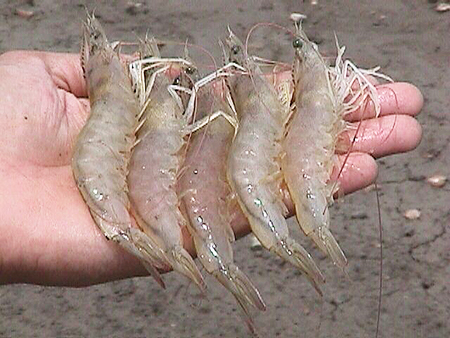
Health & Welfare
Botanical extracts improve productivity of shrimp, pangasius
In a study with pangasius, dietary administration of a blend of botanical extracts improved performance, reducing intensity of gill parasite infestation.
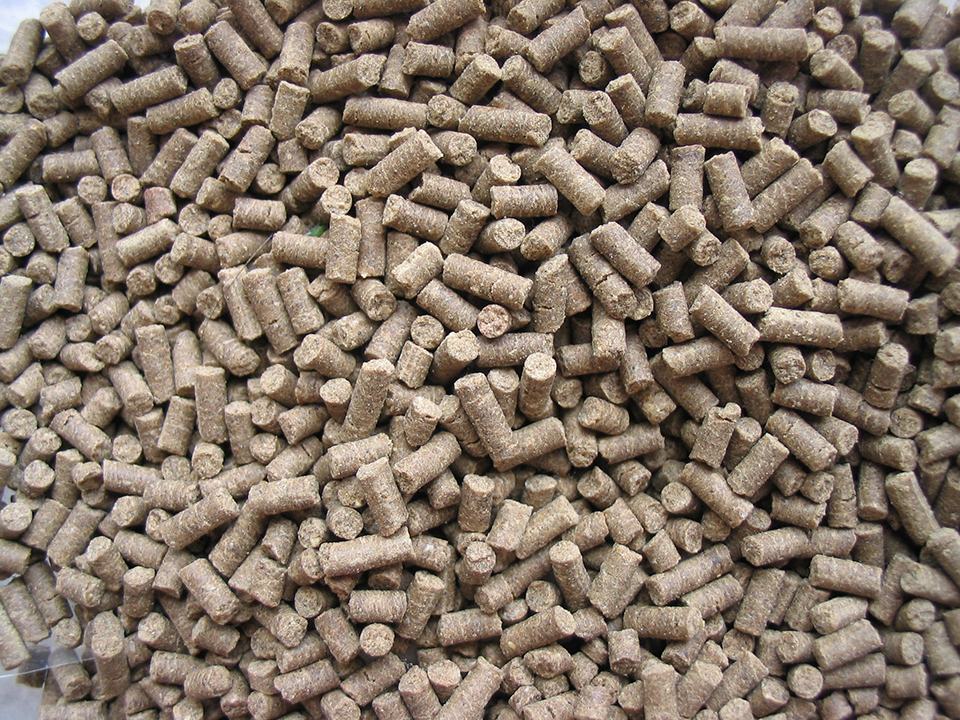
Aquafeeds
Chemoattraction in aquatic feed management
The value of chemical stimulants to shrimp farming will come via reproducible methods to evaluate the efficacy of chemoattractants and feeding stimulants.
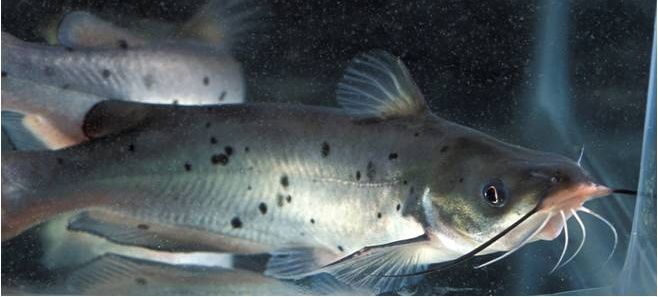
Health & Welfare
Essential oils enhance fillet composition of channel catfish
Lab studies with channel catfish and rainbow trout have found that phytogenic feed additives like essential oils can help improve weight gain, feed conversion and immunity to disease.
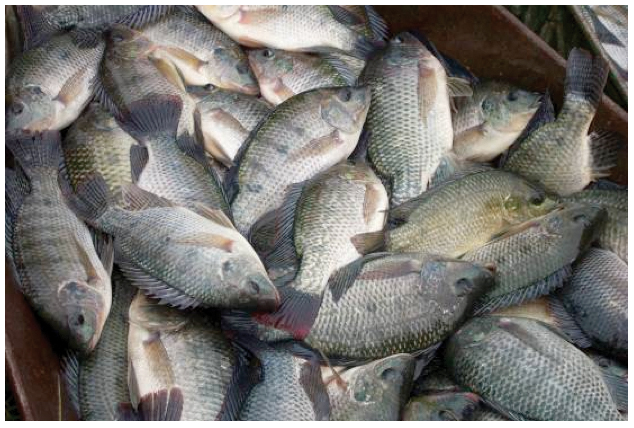
Aquafeeds
Innovative feed additives improve feed utilization in Nile tilapia
Through two lab trials, the authors examined the potential of feed additives to increase growth and feed utilization in Nile tilapia.



